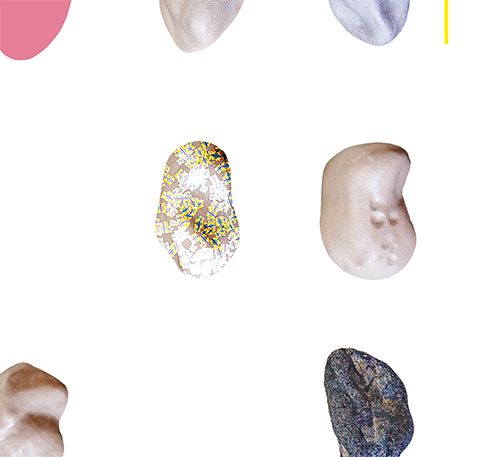Sarah Lüdemann (Beauham)
Hampelmann aliéné
A PhD Research Project into modularised sculptures as holistic bodies.

Key words: The building body / Representation / Self-portraiture / Sculpture / Modularisation / Contemporary identities
In essence modularisation is not a contemporary phenomenon. However, the increase of information, objects and accessibility, production chains, as well as questions of sustainability and circular production, and further a cultural focal shift toward tailoring to individual needs, have made for a surge in modularisation as concept and methodology in Western society today. I am nesting my PhD research project within these current debates and artistic context, leading with the question of the sculpture’s integrity as a whole when assembled from modules, i.e. individual components. I further seek to draw parallels to the (human) body, as a physical entity, as well as as philosophical concept. I’ll be closely investigating into the possibilities of de- and reconstructing both sculpture and body and the implications that go along with doing so. Interviews with selected artists about specific works, as well as research trips will be an integral part of my project.